Monkey pox and friends
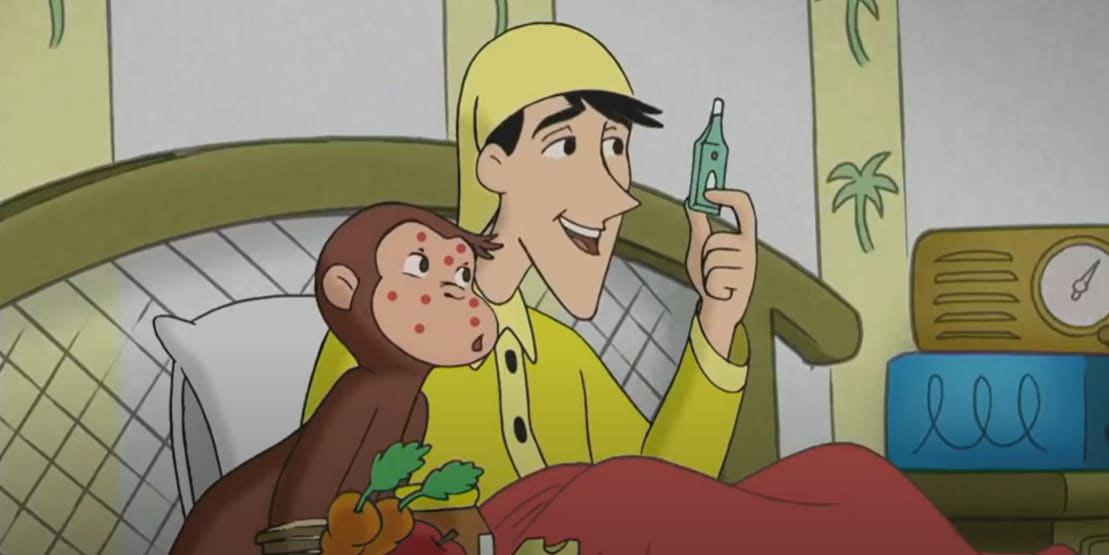
The first human case was reported in 1970.
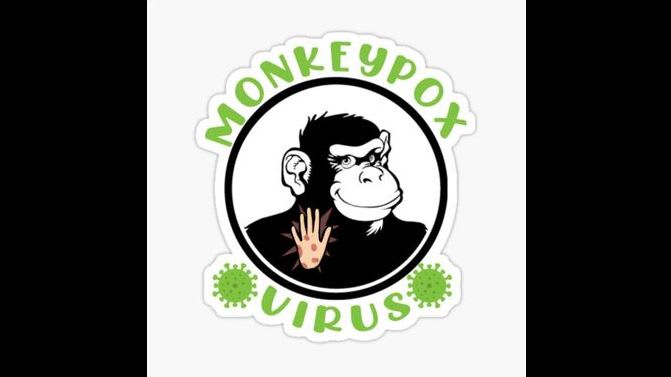
Research is continuing into this. Contact with infected clothing is also recognised as a way of transmission as is preparing meat from an infected animal.

A few children have now been diagnosed with monkey pox outside Africa.
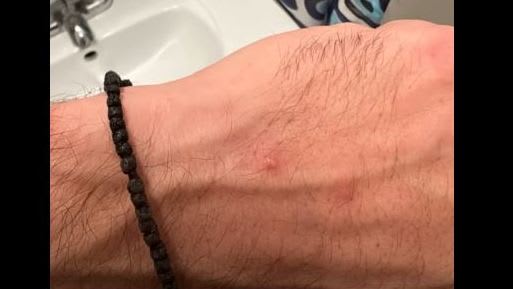
The lesions do often affect the mucous membrances. They are well circumscibed and develop from macule to papule to clear filled vescicle on to being a pustule. The pustule then umbilicates, crusts and finally falls off. The palms of the hands and soles of the feet are often affected. Incidentally lymphadenopathy is common.

The Gambian giant rat was imported to Texas---infected the priarie dogs which then infected humans. Incidentally the Gambian giant rat is used to smell out land mines in Cambodia and even is used to detect the presence of TB in mucous.
https://education.nationalgeographic.org/resource/giant-rats-trained-sniff-out-tuberculosis-africa
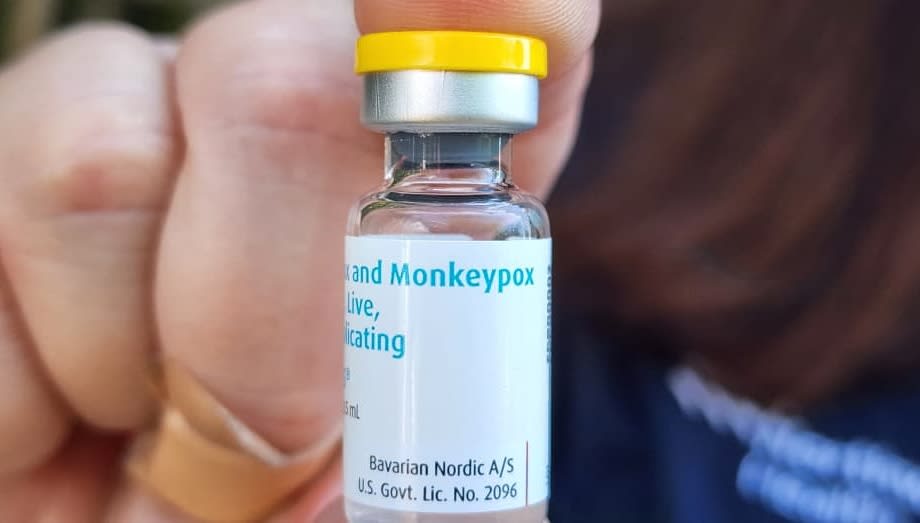
The USA and Europe have a second vaccine which can be used in a greater number of people. In Australia at the moment the vaccine can only be given to close contacts of a known monkey pox case.
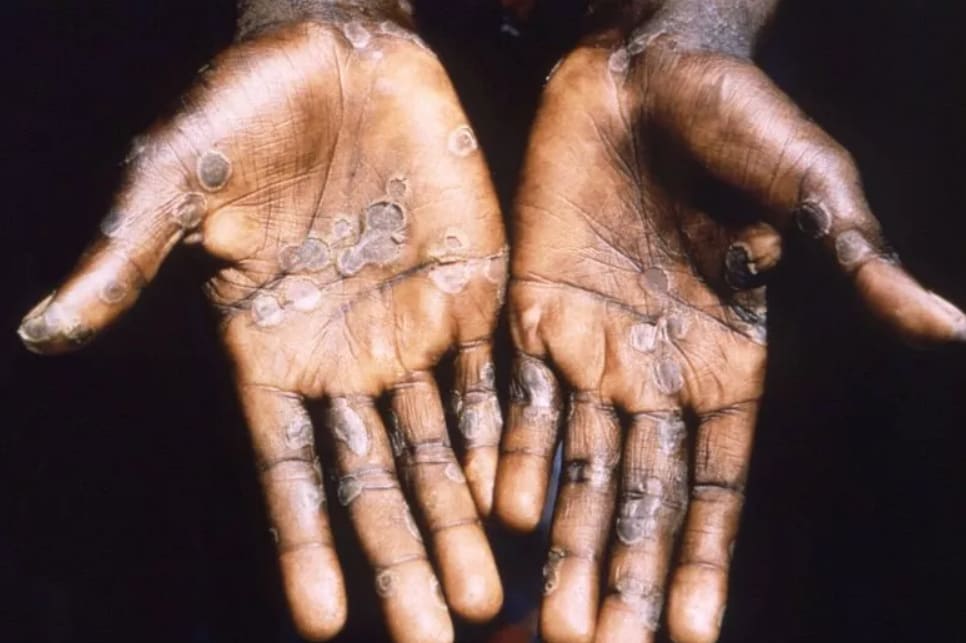
At the time of writing there had been no deaths outside of Africa with this strain. There have however been a few deaths in African countries.Historically the WHO has the death rate at 3-6%.
Chicken pox unlike monkey pox is highly contagious. It is the Varicella Zoster virus and mainly affects children. Unsure why chicken pox is called that---theories are that the lesions look like chick peas, or the one that I prefer, that the lesions look like you have been pecked by a chicken.
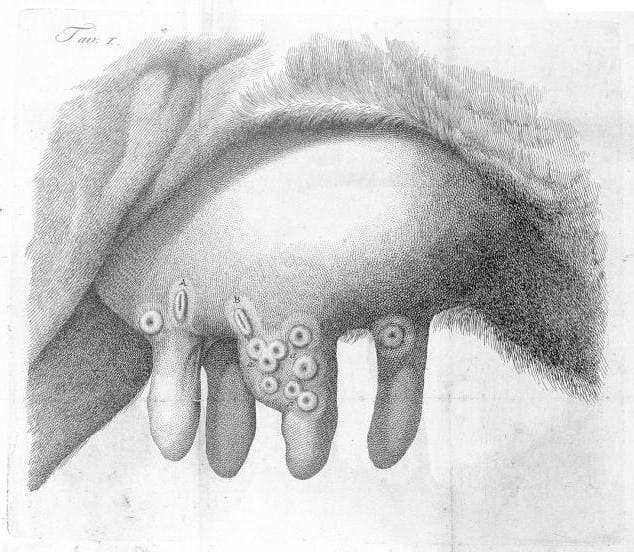
In fact the last known naturally occuring case of small pox was in Somalia in 1977. In Australia the last case was 1938. Milk maids got cow pox from milking cows who were infected. The word vaccine comes from the Latin word for cow---vacca.
HIV/AIDs cases were rising and a young Johnny Depp decided to use his profile to be part of a health campaign. Well before Willy Wonka, Captain Sparrow or Amber Heard.